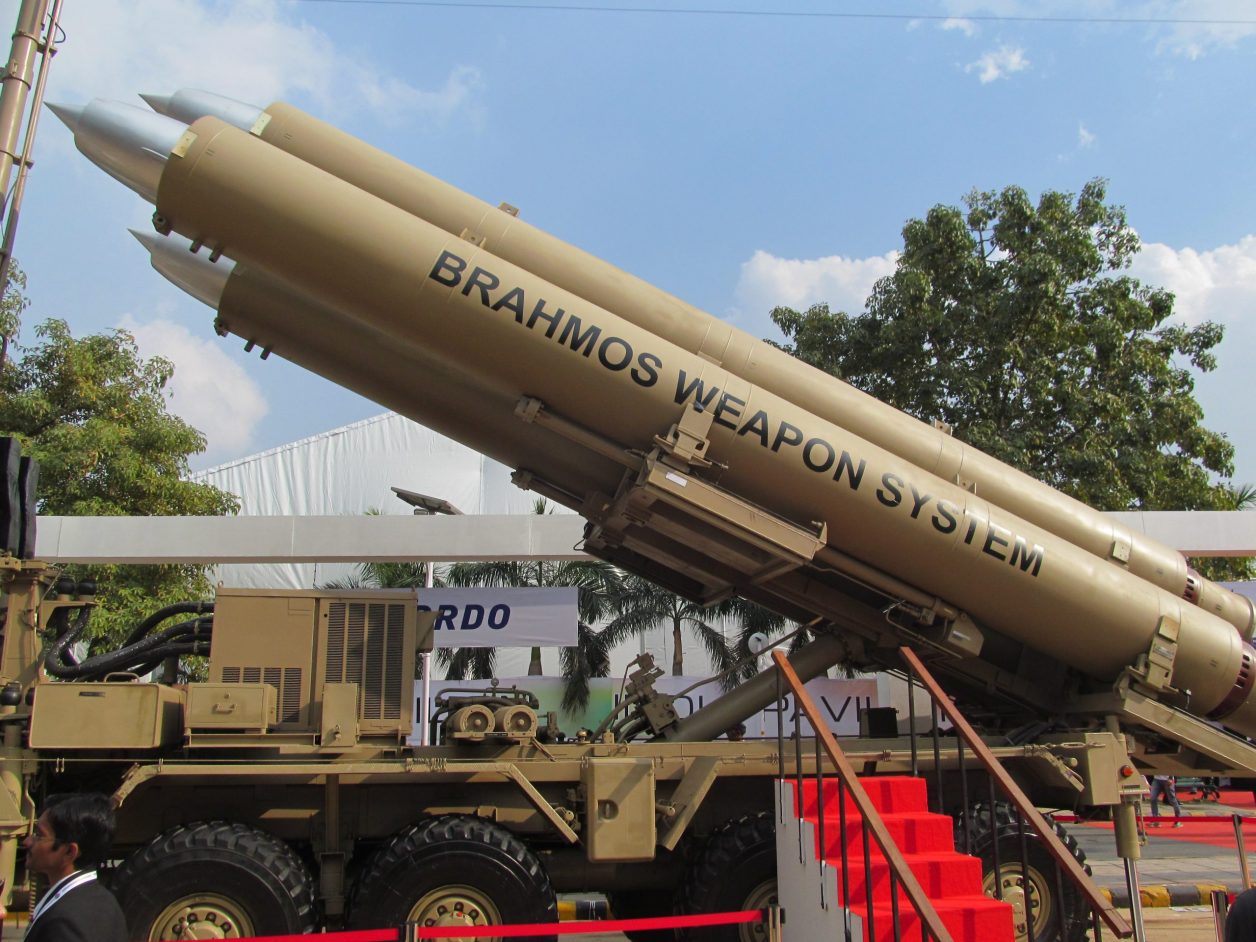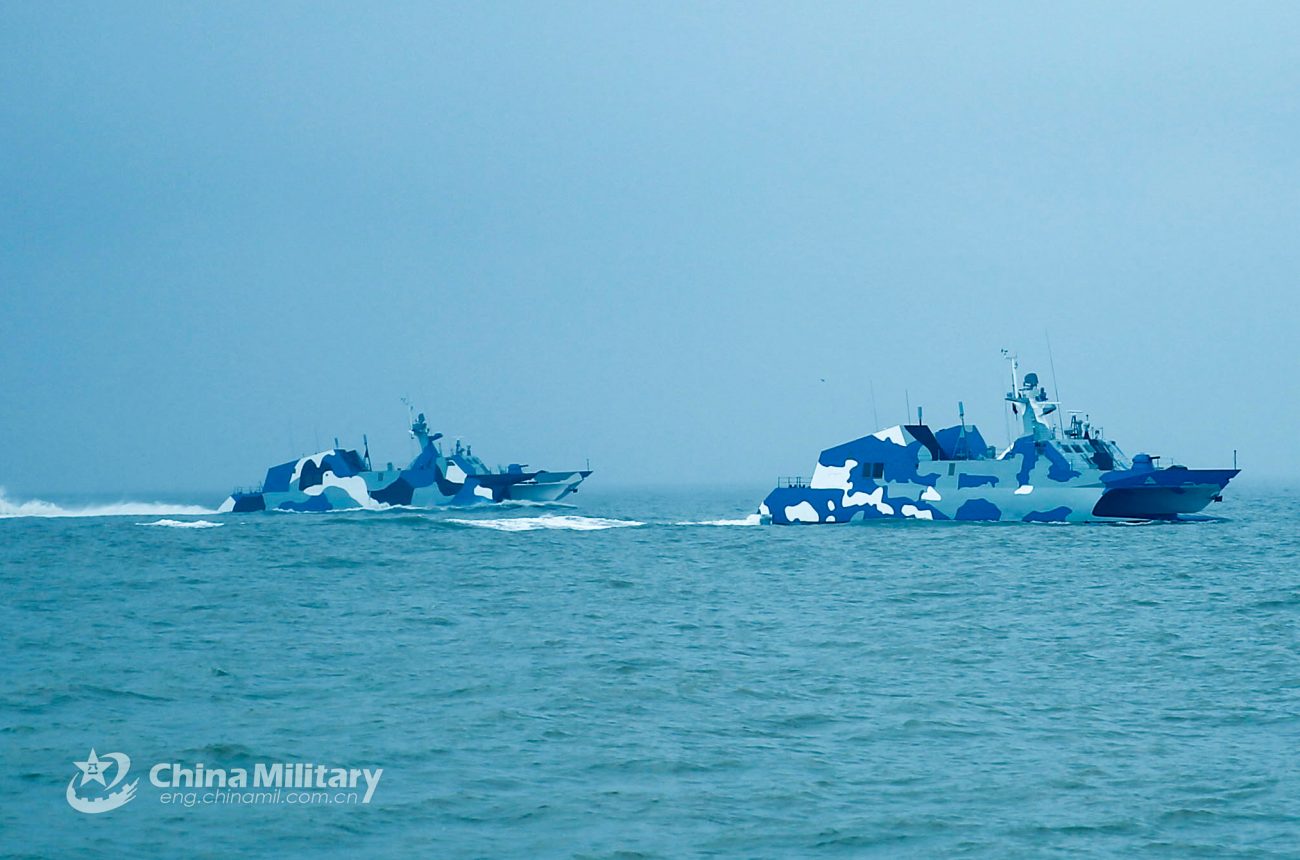India is close to signing a second export deal for the Indo-Russian BrahMos supersonic cruise missile with Indonesia, according to a report by Financial Express Online on July 19.
Flanker In Flames! Yet Another Russia’s Most Powerful Dogfighter – Su-35 Fighter Shot Down Over Ukraine – Kiev Claims
HISTORIC! Aiming To Match F-22, F-35 Jets, South Korea’s KF-21 Fighter Joins The Elite Club Of Indigenous Warplanes
“Talks with Indonesia are in advanced stage for the export of the Indo-Russian BrahMos supersonic cruise missile. The deal could have been signed earlier, however, due to internal matters of that country, by year-end or early next year, the deal is expected to be sealed,” reported Financial Express Online, citing unnamed sources.
Indonesia is expected to buy the ship-borne variant of the cruise missile for its warships, and a team from the Indo-Russian joint venture, BrahMos Aerospace Private Limited (BAPL), has already visited Indonesia’s shipyard to study the possibility of fitting the missile, according to Financial Express Online.
If true, Indonesia will be the second ASEAN-member country to buy Indo-Russian missiles.
In January, the Philippines signed a $375 million contract with BAPL for the shore-based variant of the BrahMos anti-ship missile, which according to the then defense chief, Delfin Lorenzana, will be used to defend the country’s sovereignty, especially in the disputed South China Sea.

BrahMos Supersonic Missile
The BrahMos missile is one of the fastest supersonic cruise missiles in the world. Due to its tremendous speed of Mach 2.8 – almost three times the speed of sound, the missile is notoriously difficult to intercept.
The 8.4-meter long BrahMos missile can deliver a conventional warhead weighing up to 300 kilograms. The current variants of the missile have about 500 kilometers of range. However, the range of the export version of the missile is capped at 290 kilometers to comply with the Missile Technology Control Regime (MTCR) restrictions of 300 kilometers.
Therefore, the BrahMos missile is a potent mix of high speed and immense destructive power. The land and naval versions of the missile weigh 2.9 tons, whereas the air version is lighter, weighing 2.5 tons, so it can be fired from a moving platform.
Also, the design of the air version is modified to integrate it with India’s Sukhoi-30MKI fighter aircraft.

India’s Strategy To Counter China
Apart from the Philippines and Indonesia, Vietnam is also interested in acquiring the Brahmos missile. It is also an ASEAN member and thus presents a massive opportunity for India to gain a strategic foothold within the south-east Asia region to challenge China.
These countries, plus Brunei and Malaysia, have territorial disputes with China over the South China Sea (SCS) region, and they are all concerned by the growing aggressiveness of Beijing in asserting its maritime claims.
China claims the whole of the South China Sea, including Indonesia’s Exclusive Economic Zone (EEZ) to the north of the Natuna Islands, which is a source of persistent intrusions by China’s coast guard and fishing militia into Indonesian waters.
Similar issues have been encountered by other countries, such as Vietnam, which in March accused China of violating its EEZ by conducting military drills in waters between the Hainan province and Vietnam.
A most recent instance of China’s hostility was witnessed earlier this month when a Chinese Coast Guard ship threatened the Philippine troops stationed at an outpost on Ayungin shoal. The area lies within the Philippines’ EEZ but overlaps with China’s nine-dash line claims in the SCS.

India also has a border dispute with China, and for the past three years, both countries have been engaged in a border standoff along the Line of Actual Control (LAC) – the de facto border between India and China.
At the same time, the Chinese PLA Navy is making increasing forays into the Indian Ocean Region (IOR), which India considers its backyard and under its sphere of influence. Therefore exporting BrahMos missiles to countries having disputes with China in the SCS helps to tighten the screws on Beijing by increasing the pressure it faces in its own backyard.
According to experts, BrahMos missiles will enable countries like the Philippines, Indonesia, and Vietnam to employ their own version of the anti-access/area denial (A2/AD) strategy that is actually devised by China to counter the US Navy in the SCS region.
Apart from the ASEAN countries, India is also known to be in talks with Argentina, Brazil, and South Africa for the sale of BrahMos missiles, as New Delhi seeks to increase its defense exports which will strengthen its domestic defense production, as part of the government’s ‘Make in India’ and ‘Atmanirbhar Bharat’ (self-reliant) initiatives.
- Contact the author at tanmaykadam700@gmail.com
- Follow EurAsian Times on Google News




